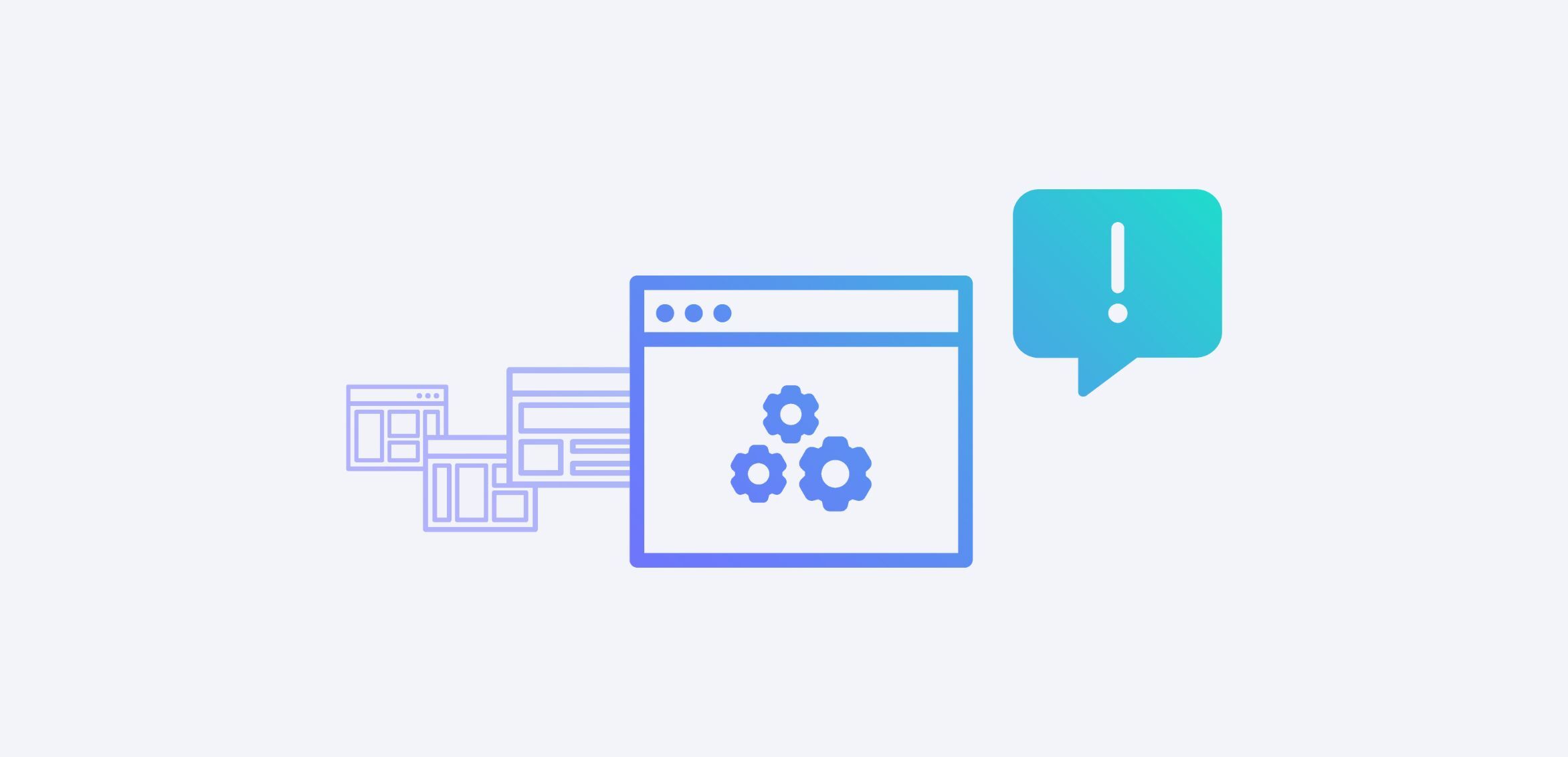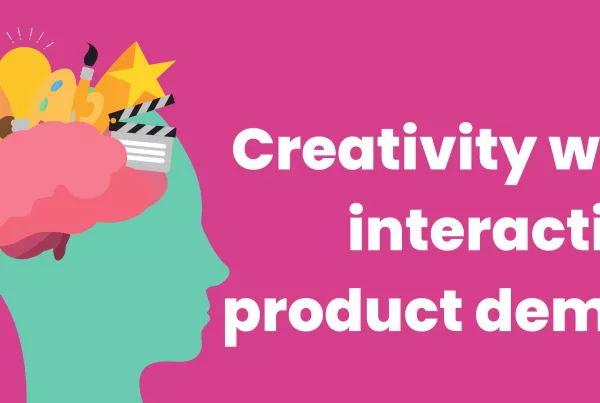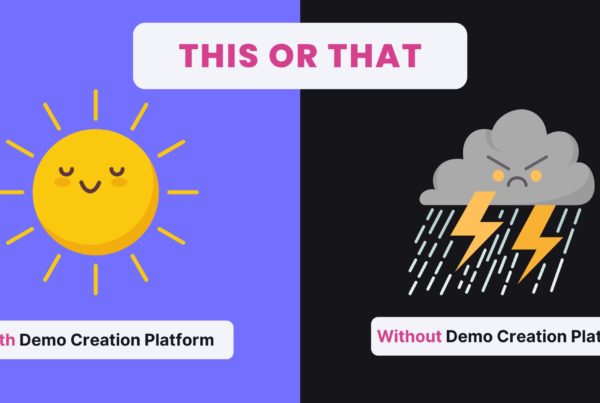Free trials and freemium models are the darlings of the SaaS world right now. You can thank the success of Slack and DropBox for that.
And true, free trials and freemium SaaS models are great ways to get product users in the door and become your champions. People love to get behind the wheel and take the product for a spin before they purchase it.
But offering a free version of your product doesn’t mean your work is done. Free trials and freemium models often have poor success rates. Most companies don’t get more than a 10% conversion rate from either option.
You can always be more product-led and you can always improve and optimize your PLG motions to better enable buyers.
In this article, we’ll show you how you can get more paying customers with your free trials and freemium offerings by adding interactive product tours.
Why Free Doesn’t Always Sell
Offer your awesome product for free, let users get familiar with it, build a habit, and then land a paying customer—that’s how product-led growth works, whatever motion you use to do it. And it does work for many companies, especially in the SaaS world.
You start a DropBox free trial because someone sends you a document there, and by the end of the 30 days, saving to and sharing from DropBox has become a habit. You’re happy to pay to continue using it because you’ve seen the product value and gotten that “aha” moment.
Or you and your tiny startup team of five all download Slack to keep in touch. As the team grows, you bump against the limits for free users, and your company happily pays to expand your account.
But the free trial and freemium model don’t work that seamlessly for many other SaaS companies for one primary reason.
It’s free, but it’s full of friction.
Free Doesn’t Mean Frictionless
Yes, everyone loves getting something for free. It’s human nature—we love a BOGO, a sale, a free sample of something we don’t even need.
But some SaaS products have a lot of friction somewhere in the product usage process, and that overrides the $FREE.99 price tag when it comes to getting paying customers.
Here’s where the three most common sources of friction happen in free and freemium models that are costing you conversions.
Onboarding
Maybe the onboarding curve is steep and poorly documented, even (or especially) for free users. If setting up your product takes a few days, and help from your user’s IT department, and requires them to integrate it with a whole bunch of programs and import and set up all of this information to get started, yikes.
Doing all of that just for the sake of a two-week trial, when the user doesn’t even know if they’ll like the product? Your potential users are busy. The thought of having to do all of that work on a completely blank canvas for potentially no value isn’t too tempting.
Adoption
Friction can also happen in the adoption process. You might have a few core features that are your biggest selling points, but if they’re hidden or hard for users to figure out, you’re not going to get the value from them you need to convert to a sale.
If you’re dropping your free trial users right into the middle of the product with no guidance or guardrails, it’s easy for them to get overwhelmed and get stuck in the trial. It’s like being dropped directly onto the freeway with no onramp when you’re just learning to drive—overwhelming and a bit intimidating.
Seeing Value
Another potential gap comes after a prospect has completed the free trial or is using the free version of your software. But they’re getting stuck and not converting even though they’re a great fit for your paid features.
These missed conversion opportunities often come because the user hasn’t seen the value they expected from the product. Maybe the product experience wasn’t intuitive, or they hit a busy period and couldn’t explore enough, or they didn’t know what capabilities the product really has. Once they’ve completed their free trial, they’re not likely to do another one even if they did like the product.
Free is great, but friction will damage your conversion rates if it’s left unchecked.
The Solution: Using Interactive Demos Throughout the Buyer’s Journey
One of the best ways to smooth over many of these friction points is to add interactive guided demos to your product marketing strategy.
Here are 3 ways interactive demos can make your free trials and freemium plans convert more often.
- Offer a Pre-Trial Sneak Peek
Prospects might balk at the idea of setting up a whole new piece of software in their systems just to see what it does.
But having an interactive self-guided demo on your website can show them just how wonderful (and easy to use) your product really is. They’ll click that “Start Free Trial” button with confidence after watching your sneak peek.
- Give Onboarding Tips and Tricks
Once the user has started their free trial or opened their freemium account, you can get them set up for success with another self-guided demo walking them through the setup and onboarding process.
Show them exactly how to start using your product with ease, and point them directly to those wow moments you know will make the sale when the time comes.
- Get Users Unstuck
If you have a group of users who completed a free trial or are freemium users with great growth potential who aren’t moving out of the free option, the cause isn’t lost.
Send them an interactive demo to remind them of the value they saw without having them go through the setup of a free trial again, or to urge them to take the leap to a paid plan.
We have Reprise customers, like Troops and EvaluAgent, who have seen that prospects who experience an interactive product tour before jumping into their free trial became better users of the product and converted quicker — accelerating the sales cycle.
Creating Tempting Demo Content Snacks
Think of these self-guided demos as a little product snack.
It’s like those delicious food samples Costco hands out to shoppers as they’re browsing. It’s not just that they’re free, but that sample gives them a hint of what their taste buds would experience if they buy those juicy, tender meatballs without having to pull out the frying pan and wash it up afterward.
There’s no friction in the process, so customers will happily take a chance and a bite.
Interactive demos can be just the push your prospects need to convert to paying customers. They’re an excellent complement to free trials and freemium models—try creating one using Reprise today!






